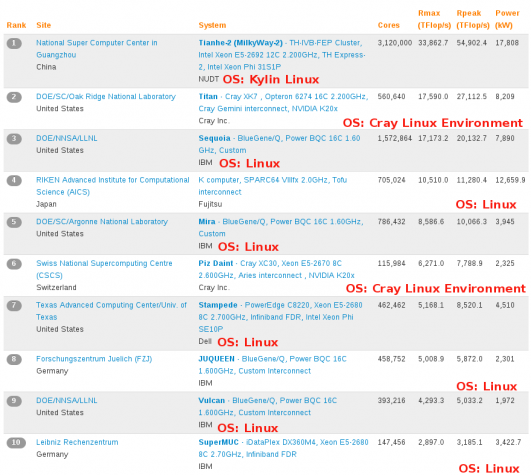Julia is the name of a dynamic programming language for doing technical computing. It is not as popular as the R language, but it is not doing too badly on its own.
I came across Julia a few months after I started messing with R, but because R is fun to work with and is sufficient for stuff I’m working with now, I never bothered to explore Julia.
After reading an article titled Why I’m Betting on Julia by a guy named Evan Miller, I’m tempted to explore Julia in-depth. If you are interested in technical and statistical computing languages, I think it’s worth reading. Perhaps you too might be moved to explore Julia, if you have not done so already.
Here’s an excerpt:
I read about Julia a while back, and thought it sounded cool, but not like something I urgently needed. Julia is a dynamic language with great performance. That’s nice, I thought, but I’ve already invested a lot of time putting a Ferrari engine into my VW Beetle — why would I buy a new car? Besides, nowadays a number of platforms — Java HotSpot, PyPy, and asm.js, to name a few — claim to offer “C performance” from a language other than C.
Only later did I realize what makes Julia different from all the others. Julia breaks down the second wall — the wall between your high-level code and native assembly. Not only can you write code with the performance of C in Julia, you can take a peek behind the curtain of any function into its LLVM Intermediate Representation as well as its generated assembly code — all within the REPL …
…
Bam — you can go from writing a one-line function to inspecting its LLVM-optimized X86 assembler code in about 20 seconds.
You may read the complete article here.








